I use SketchUp a fair bit to model projects. It's a pain to measure something and then have to re-key it when inexpensive caliper provide a port which outputs that value.
The Trinket Pro provide a small form-factor interface with an USB HID which can interface to the caliper and feed the caliper value to the PC via a standard USB keyboard interface. It relies on the standard keyboard driver which is already present in the OS.
Rather than just feeding the value directly from the caliper to the keyboard port, we have the ability to process it somewhat.
At this point, I just need to append some characters to the caliper value.
- [Enter] key -- most entries are made with this button.
- [ , ] -- useful for entering multiple values; as with be for drawing a rectangle. ( i.e. x [,] y [Enter] )
- [/] [2] [Enter] -- used for drawing circles. Calipers measure diameters. SketchUp expects radii -- this function tells SketchUp to divide the value by two(2).
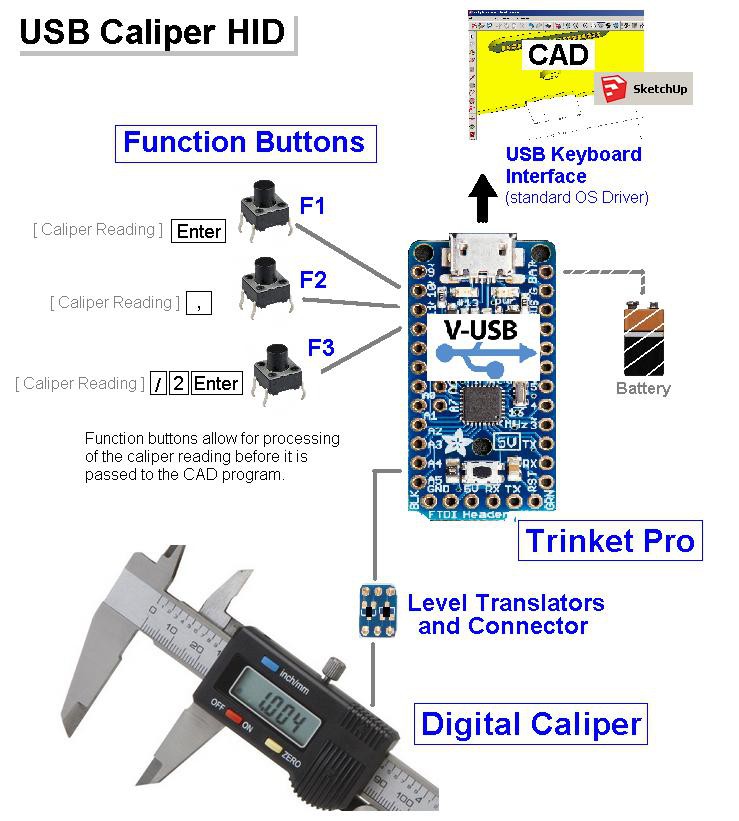
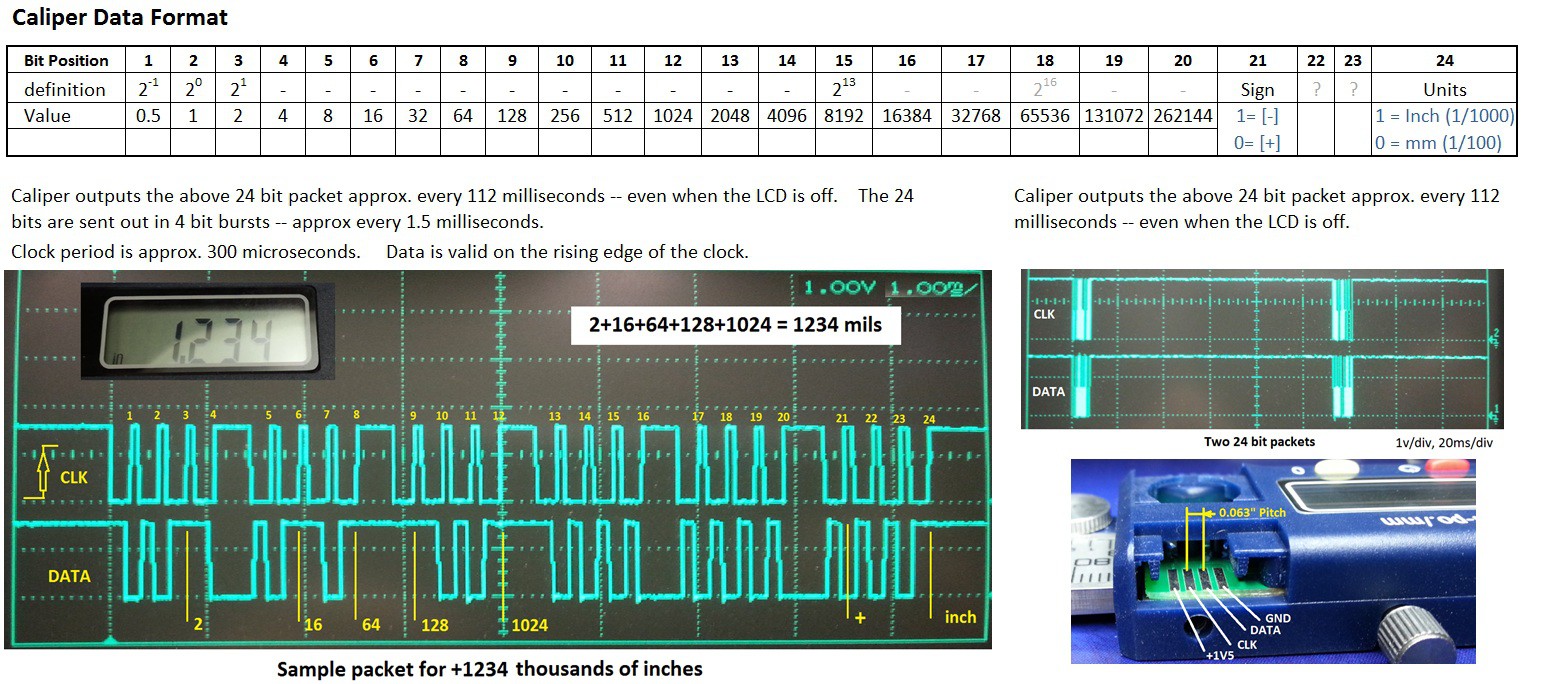
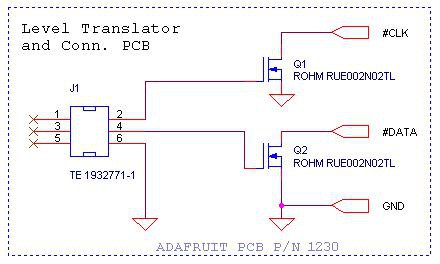
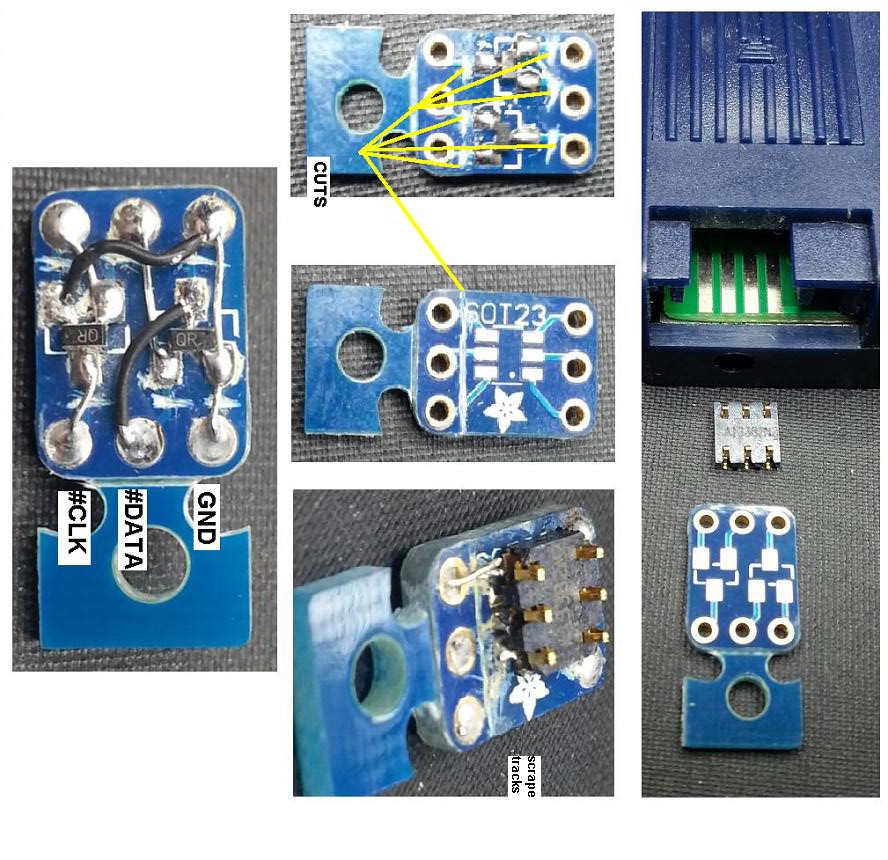
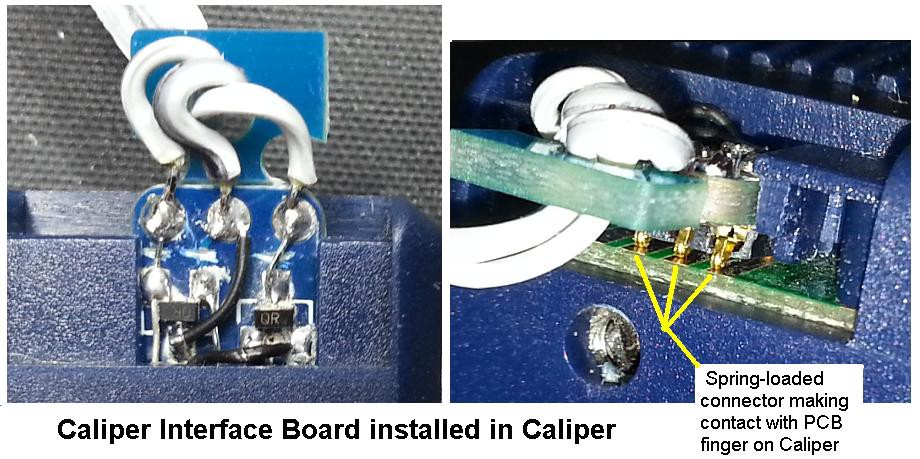
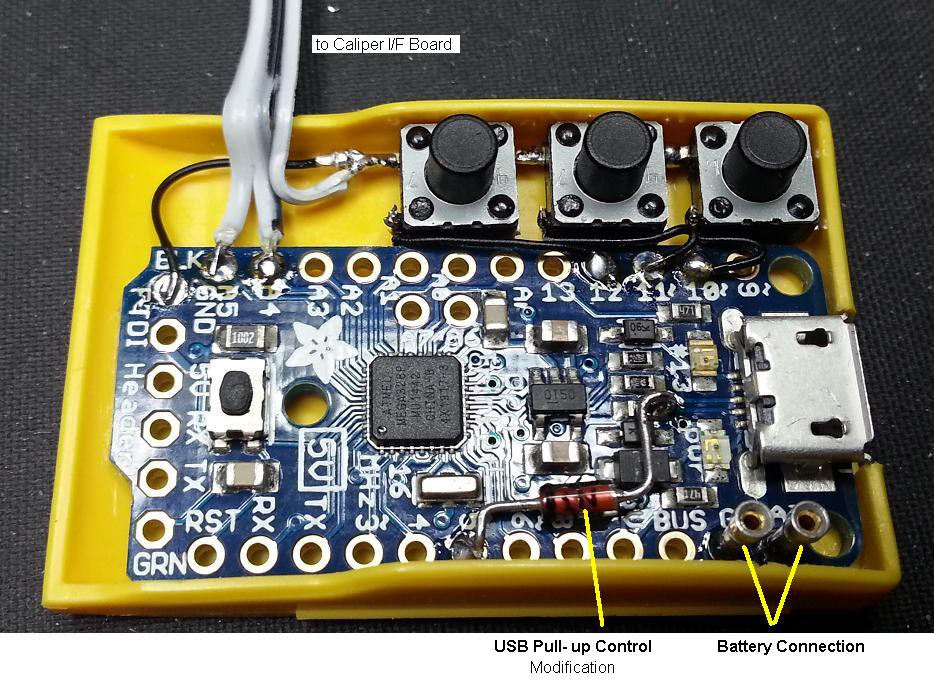

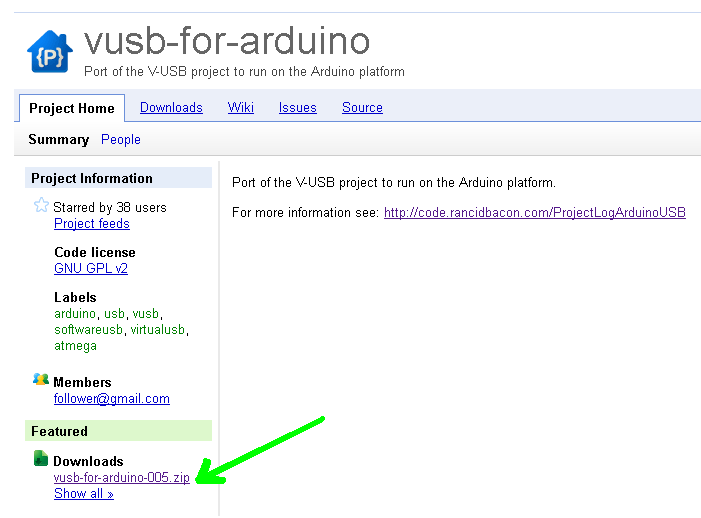
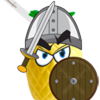

 allexoK
allexoK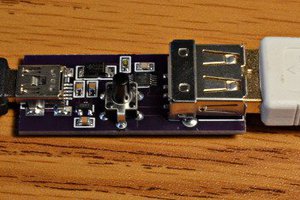
 Paul Stoffregen
Paul Stoffregen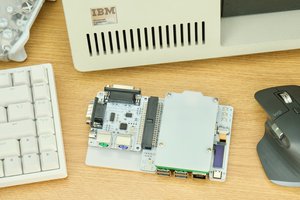
 dekuNukem
dekuNukem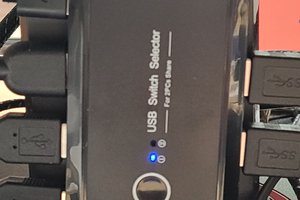
 WJCarpenter
WJCarpenter
Can i use this: https://www.sparkfun.com/products/12009 ??